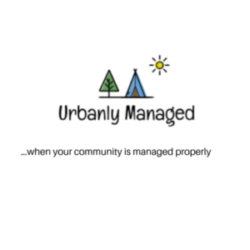Donor relations is comprehensive effort of any nonprofit that seeks (is seeking) philanthropic support to ensure that donors experience high-quality interactions with the organization that foster longterm engagement and investment.
In clear terms, donor relations is the building of a relationship with your donors which will then foster long-term philanthropic relationships with your donors.
Donor relations should begin when your organization decides it will have a fundraising component within the organization. This is not to suggest that charitable organizations should choose whether they will generate funds through fundraising or not, but more importantly help the organization recognize that as soon as they begin to plan fundraising activities they should implement donor relations as well.
Some charitable organizations kick off their organization by filling a need, and you may already have these items or you may fund these items out of pocket in order to get the organization off the ground. For example, the organization may organize a back-to-school back pack drive, a food drive, or a personal items drive within the community they serve. This initial activity by the organization is not seeking monetary donations but more so items (can be referred to in-kind donations). However, it would still be a good idea to build relationships with those that make in-kind donations.
Charitable organizations get donors no matter how they relate to the community. Are you aware that if you are a representative of the charitable organization-director, board member, ambassador, or even volunteer-if you attend an event on behalf of the organization, everyone you meet at that event should be viewed as a potential donor. As such, wouldn’t it be a good idea if the organization already had a donor relations policy to which to refer prior to attending the event?
Below are types of donors:
one time donor: makes a one time donation to the organization
reoccurring donor: commits to a donation amount for a specific timeframe and permits the organization to draft specific amount over time
annual campaign: donor that gives to the organization’s significant campaign
endowment: donations made usually of money or other financial assets, made to a charitable organization with the sole intention of investment by the organization to earn additional income and can thus last in perpetuity; an endowment often times is made with a instructions;
cause related: donation made with a specific cause of event, i.e., food drive, clothe drive, etc.;
volunteer: individual who donates their time (time is money); volunteers often times become financial donors;
In order to implement donor relations within your charitable organization, you should understand donor management.
Donor management is defined as a means of organizing, analyzing and strategically implementing communication strategies with your supporters/donors to maintain and grow these relationships.
In short, management of your supporters/donors is a system by which to identify what kind of donor you are communicating with in order to speak to them where they are. What do we really mean?
If you have a donor that is a ‘millennial’, you may not want to communicate content around endowment donations using a life insurance policy. Another example, if you have donors who have only made in-kind donations, you may want to implement a specific communication campaign to ask them to make a financial donation.
In addition, donor management is the use of a platform to identify and separate these donors by category in order to build communications and relationships differently based on the type of donors.
Do note, you can begin donor management by using an Excel spreadsheet. Once you begin to increase your donors we would then recommend selecting a donor management (CRM) system to manage your donors.
(Disclaimer: the information share is based on the research and experience of Urbanly Managed Inc. Some of the information and experience may vary.)
